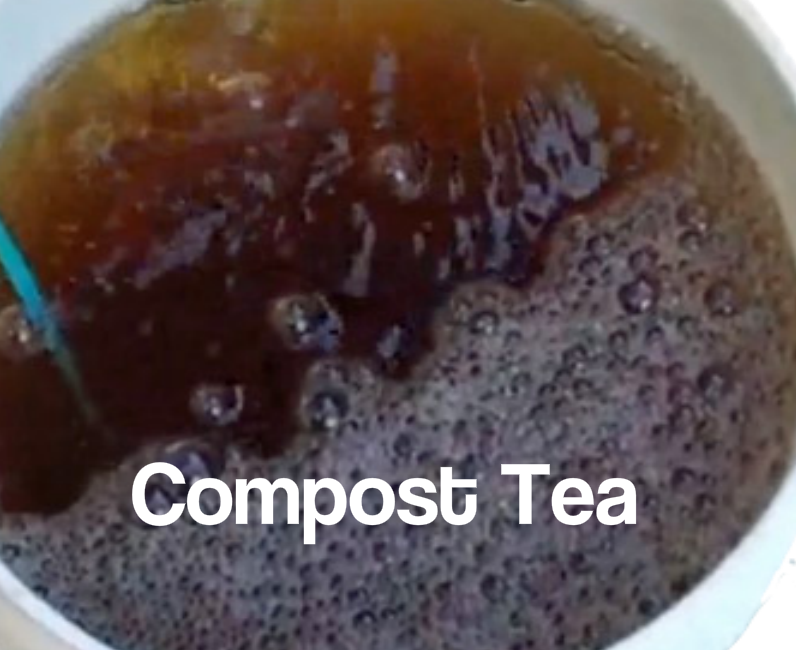One of the most often asked questions about compost tea goes like this:
“Why can’t I just use the compost from the Garden Centre to make compost tea for my greens?”
This is usually mistakenly based around the belief that buying specially inoculated compost will be an expensive business in the long term.
Using the correct compost that has been created purely for the purpose of brewing high quality compost tea for fine perennial turf is not expensive. £ for £ it’s the most beneficial and cheapest operation you can possibly initiate at your club.
For example, by starting off with the Compost Tea Starter Kit from Bowls Central, after you take out the initial cost of the kit, each brew will cost under £7! Just this week I put together an advisory package for a large bowls green contractor and due to the volume he’ll be brewing his costs are down at £4/application for an average sized bowling green.
The reason you shouldn’t use garden centre compost
Apart from the pricing issues which as we’ve seen isn’t actually an issue, an explanation of the compost manufacturing process might help to explain the importance of using the real deal.
Compost Manufacturing Process
With pretty much any aerobic compost you can produce a bacterial compost tea, however if the compost has been made properly with the temperature rising to >65oC at least 2 and usually 3 times during a 42-49 day production there is usually a limited range of fungal spores and nematodes. On analysis you often find the ratio of active fungi to bacteria is < 0.2:1
To counter this we lay the finished compost out onto good microbial active, organically managed soil in a layer about 5cm deep so that it can be reinoculated with nematodes and some soil fungi and to give the bacteria plenty of oxygen to multiply and feed protozoa. At the same time it is inoculated with a range of soil fungi which are allowed to grow until the compost is covered with a web of hyphae at which point it is collected and bagged.
Our Compost and Nutrients packs include an inoculant comprising Phanerochaete chrysosporium ; Aspergillus oryzae ; Chrysosporium pannorum ; 5 x Trichoderma Sp and 3 x Bacillus Sp
It can then be justifiably called a Fungal Compost Tea Starter because we know it has a very high population of fungi. It also differentiates it from compost supplied to growers of brassicas and beets which need a bacterial dominant compost.
The fungal additive I recommend is slightly different in that it also contains fungi which are good at degrading thatch in addition to the phanerochaetes and certain Trichoderma species. Available lignin is in short supply in well made compost so we apply those in the fungal additive that goes into the brewer with the compost, nutrients and activator.

